These days it’s only a matter of time before kids get online and start playing complex education games in the virtual world. But these might be a little too complex for the toddlers in the house.
Luckily, there are plenty of games you can play with your kids in order to start them down the path to a lifelong love of learning. Here are 5 Fun and Educational Games for toddlers that don’t cost a fortune and won’t require your tots to sit in front of a monitor.
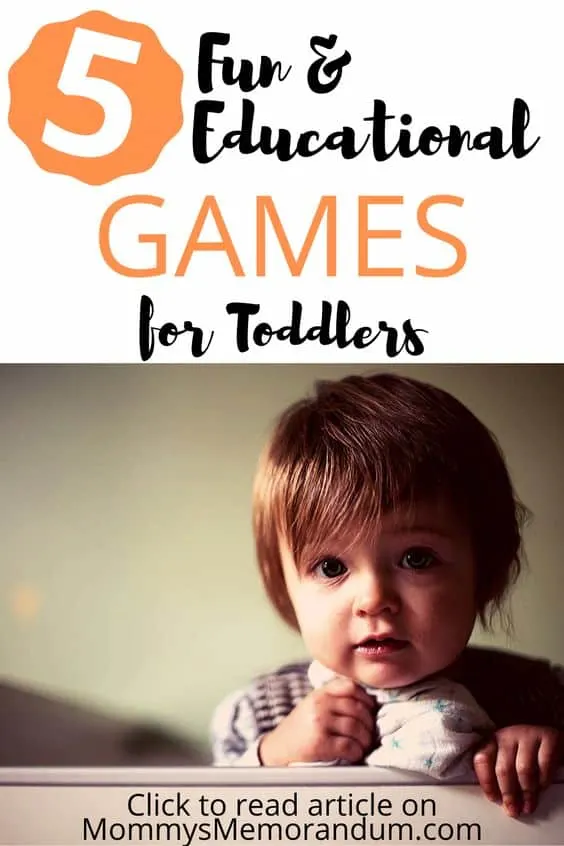
Singing.
Rote memorization can be a complete bore, especially for high-energy toddlers. And yet, you don’t want them to miss this opportunity to soak up information when their brains are so ideally suited to do so.
The good news is that all you need is an innocuous delivery system to teach them otherwise boring lessons. Just look at the alphabet song; it certainly makes it easier for kids to learn letters. So why not take the concept and run with it? If you’re not particularly musically inclined or you can’t come up with easy ways to set your lessons to already-made music, consider perusing the catalogs of well-known children’s artists like Jack Hartman, Raffi, the Wiggles, They Might be Giants, and Jack Johnson, just to name a few.
Toddlers can learn about all kinds of important things, from academics to brushing their teeth to recycling through music.
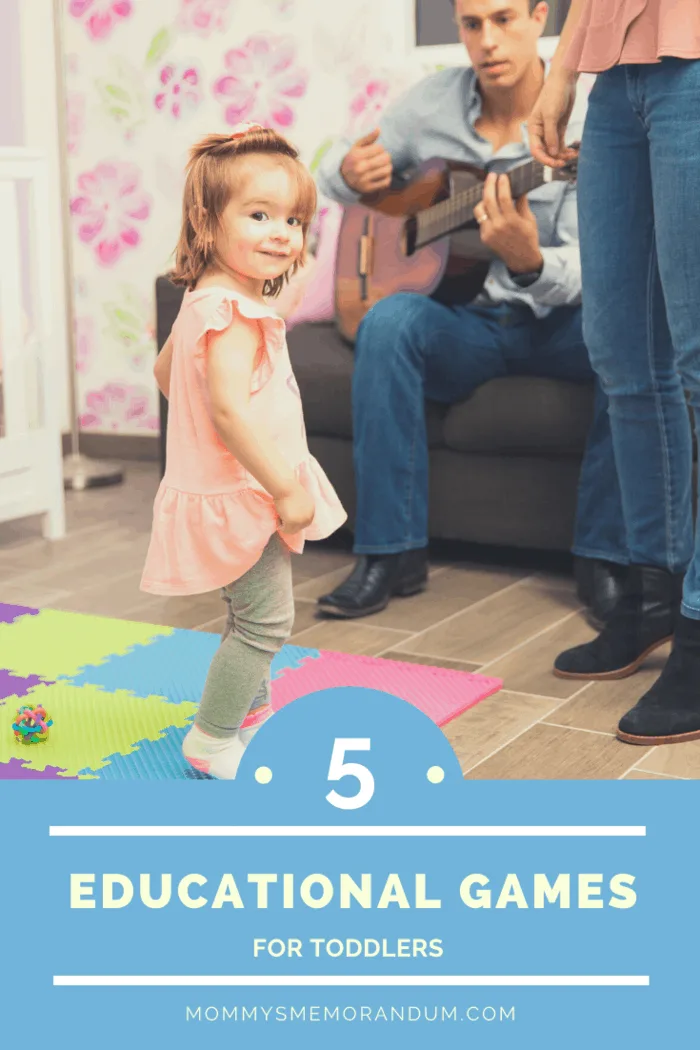
Puzzles.
These games can provide myriad value for toddlers. Not only do they allow your children to work on their motor skills and spatial awareness, helping them to reach developmental hurdles, but they’ll also have to figure out how to match pieces so that they fit together.
In addition, the pictures on the puzzles themselves can be educational, say if you opt for puzzles that feature the alphabet, geographic locations, historical events, important people, or even animals, just for example. And, of course, they can get more complex over time. As your kids become more adept, you can try 3D puzzles of the globe or famous architectural structures.
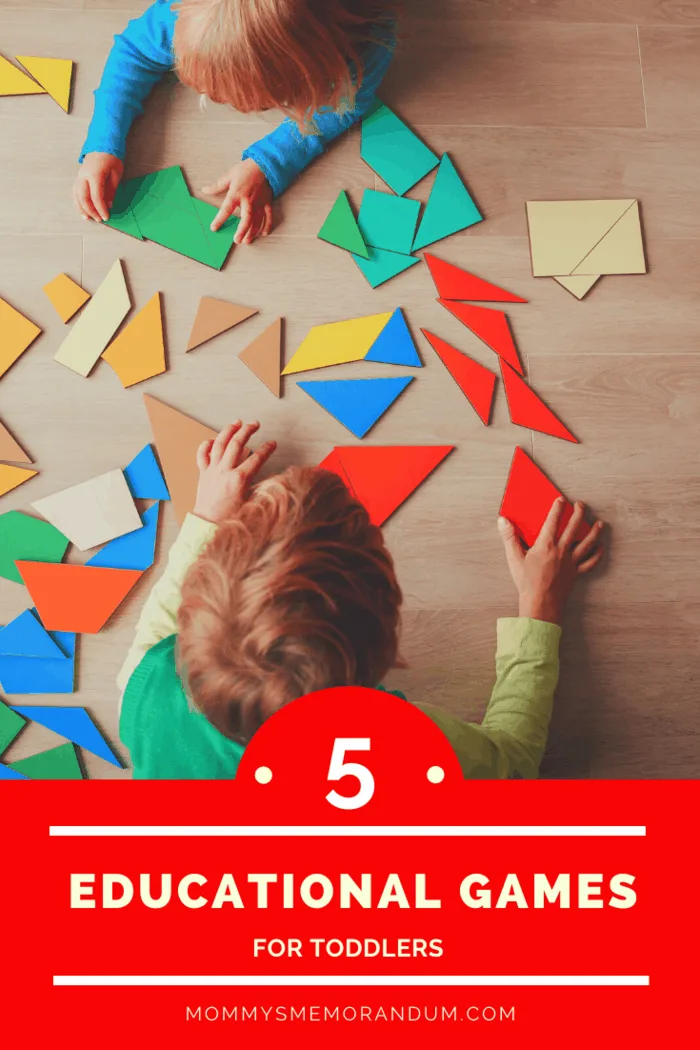
Shape-Matching Old Maid.
This card game is easy enough for any parent to make. All you need is a stack of index cards and some colored markers to draw pairs of circles, squares, triangles, and so on for your toddlers to match up in a game of old maid.
It will not only help them to learn shapes, but they’ll start to develop memorization skills. And it’s also a good way for your kids to learn colors, although if you want to compartmentalize, you can certainly draw only black outlines of the shapes.
Remember that you can even use this game to teach kids about food, animals, transportation, and more. If you’re not a great artist, simply print out graphics from online in duplicate to glue on your cards.
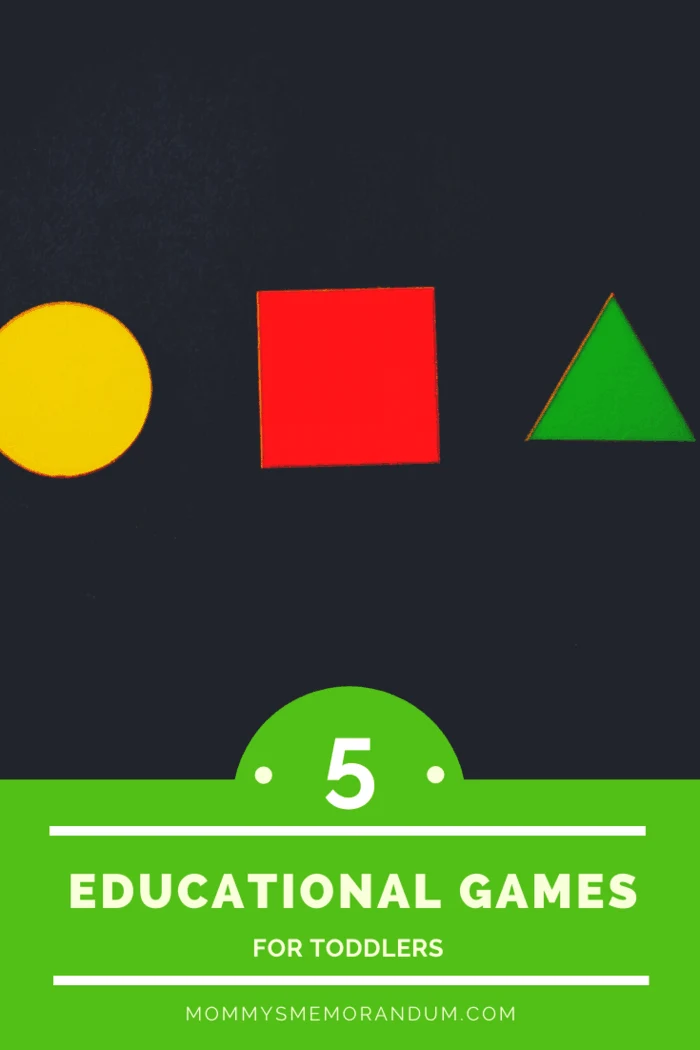
Hopscotch.
Counting can be tough to master, but Hopscotch is a fun game that lets kids work off some energy and literally bounce around while they’re learning. So get a big bucket of sidewalk chalk and get to work making a hopscotch board on the cement outside your house.
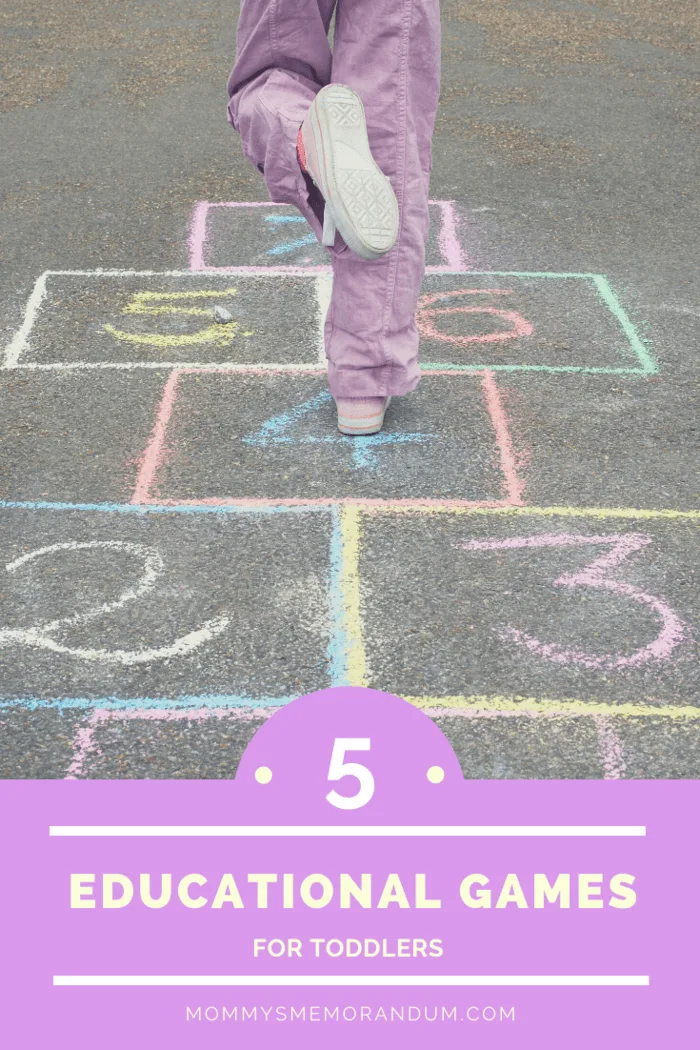
Toy blocks.
Okay, it’s not exactly Baby Einstein, and this toy isn’t really a game, per se. Still, as fun and educational tools go, you really can’t get any better than old-school wooden blocks that feature all 26 letters of the alphabet and numbers 0-9.
Even as your toddlers use them to build pyramids and create colorful mosaics, they’ll be familiarizing themselves with the symbols that define language and mathematics. Over time, you can teach them the names and functions of these symbols in a non-intrusive way. And before you know it, they’ll be using them to spell and add.
